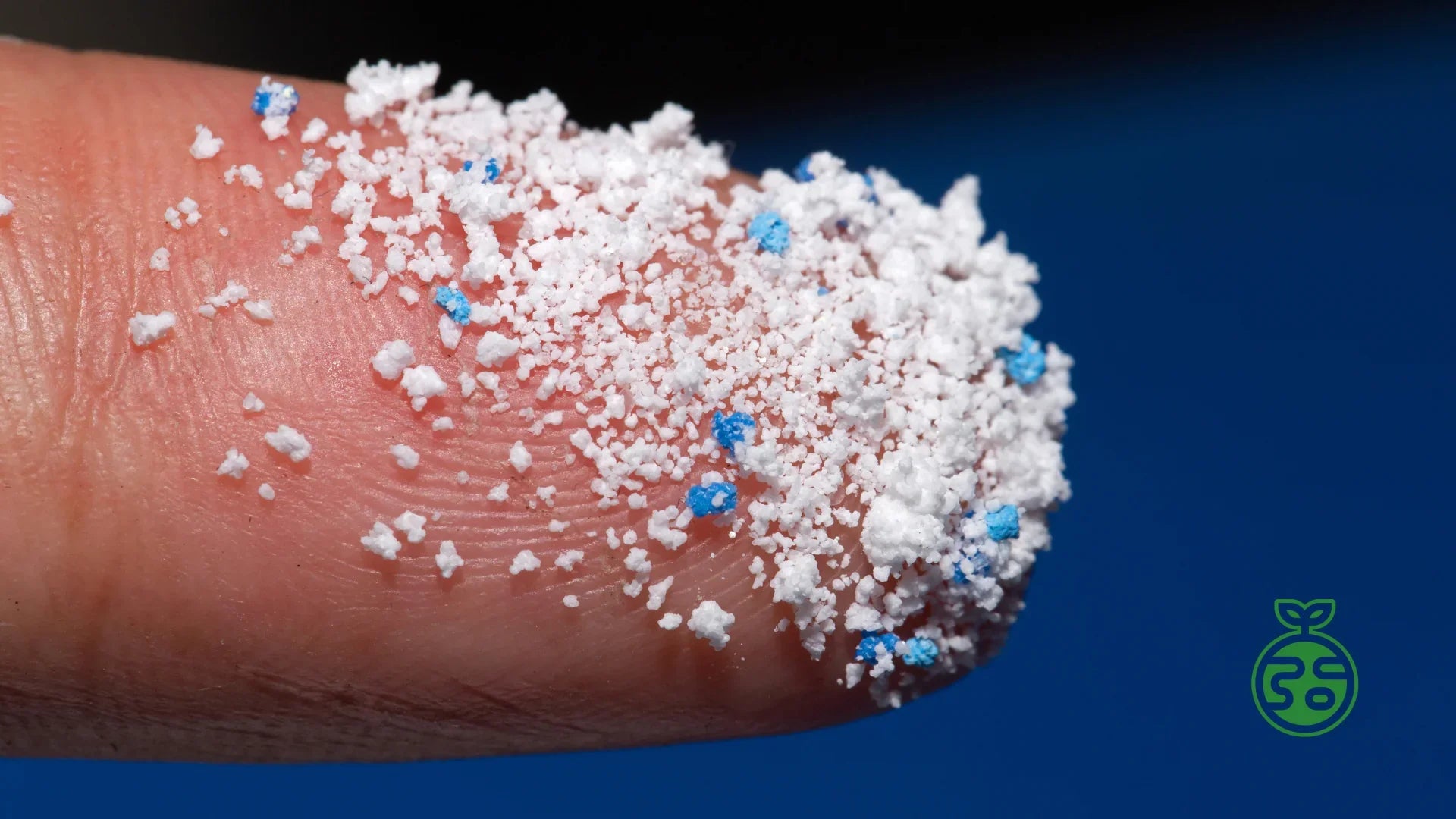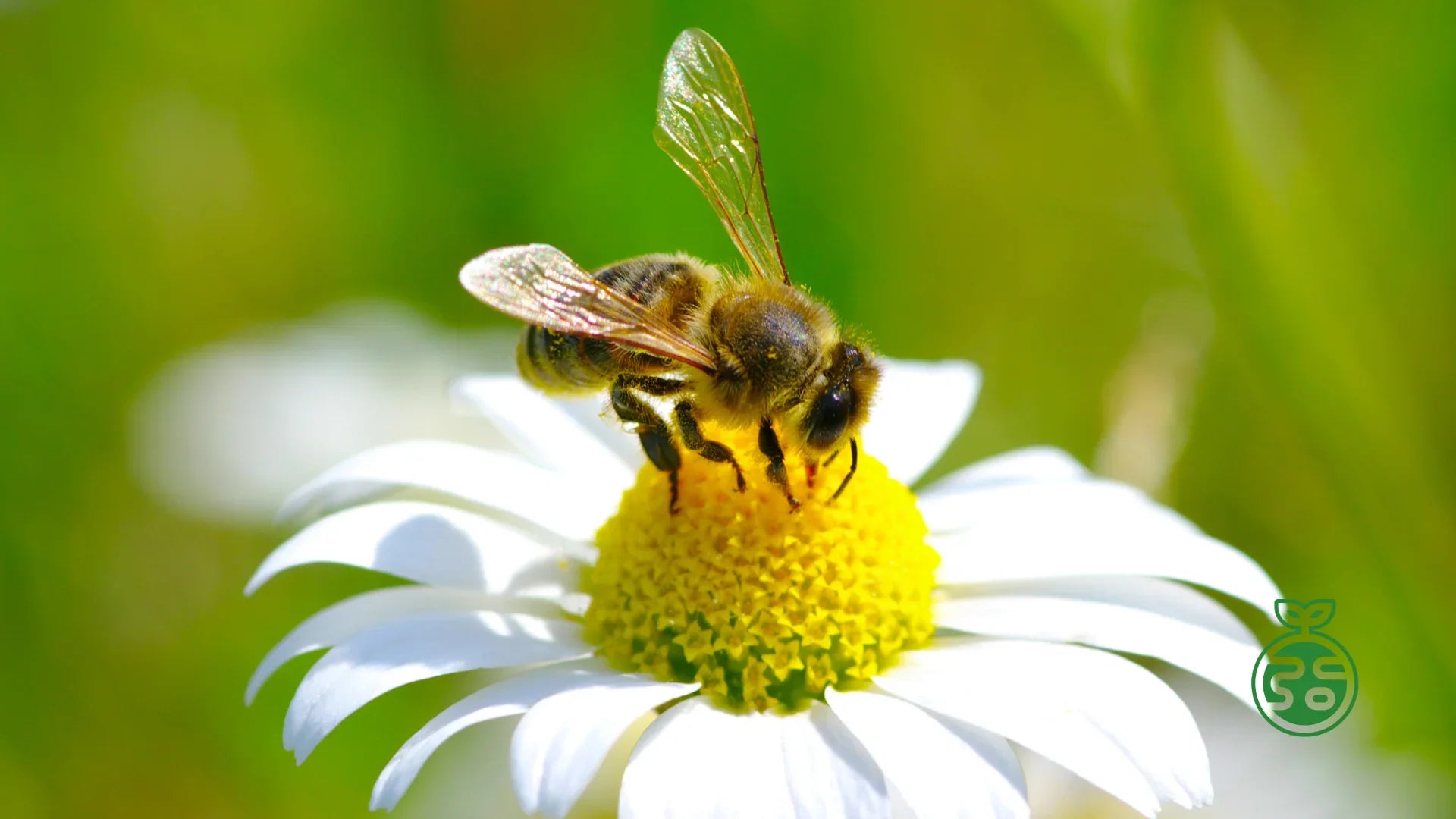Artigo: Microplastics 101: Why Clothing Sheds Microfibres—and How Pitod (and You) Can Stop It

Microplastics 101: Why Clothing Sheds Microfibres—and How Pitod (and You) Can Stop It
Microplastics are found across the planet, and the single biggest source of primary microplastics entering the ocean isn’t bottles or bags, it’s literally our clothes. When synthetic fabrics such as polyester, nylon, acrylic, or elastane are washed, tiny plastic threads called microfibres break off and exit with the wastewater. Wastewater treatment captures many, but vast numbers still reach rivers, soils (via sewage sludge), and seas where they persist for decades. This post explains the science, the stakes, and the practical solutions Pitod is adopting and what you can use at home right now.
The scale of the problem in numbers
- Textiles are a leading source of microplastics globally. Estimates suggest 16–35% of primary microplastics entering the ocean come from synthetic textiles. With the way that the fashion industry works right now, this means up to hundreds of thousands of tonnes per year shed from clothing worldwide.
- One wash can release hundreds of thousands of fibres. Lab and household tests show a single 6 kg load can shed hundreds of thousands to over a million fibres, depending on fabric and cycle settings.
- Wastewater plants catch a lot but not all. Modern treatment can remove >90% of microplastics; however, most captured fibres end up in sludge, which is often spread on farmland, shifting pollution from water to soil.
Why fibres shed and what makes shedding worse
Microfibre loss is driven by a combination of abrasion, water, and chemistry. Several controllable factors increase shedding:
- Fabric construction: Looser knits (e.g., fleece) and lower-twist yarns shed more than tightly woven/knitted fabrics; newer garments shed more than well-worn ones (the first ~8 washes often shed the most).
- Machine type: Top-loaders, especially agitator models, typically shed far more than front-loaders due to higher mechanical stress and water-to-fabric ratio.
- Cycle design: Colder, shorter cycles and full (but not overfilled) loads reduce friction and shedding, cutting fibre loss significantly in many studies.
- Detergents & chemistry: Adding detergents increases shedding relative to water alone; powders, especially when overdosed, can be harsher than liquids.
What about recycled synthetics like ECONYL® or rPET? They’re valuable for diverting waste and reducing demand for virgin petrochemicals, but they still shed. Some studies find similar shedding to virgin polyester; others show more shedding from recycled yarns due to altered fibre strength and structure. Bottom line: recycled synthetics do not solve microfibre pollution on their own.
Why microfibres matter for the planet and people
- Carbon & climate: Synthetics are fossil-derived. Every fibre that escapes is persistent plastic that does not readily break down.
- Ecosystems & food webs: Microfibres are found from plankton to fish, birds, and marine mammals; they can transport chemicals and microbes and physically stress organisms that ingest them.
- Soils & freshwater: Because wastewater plants trap many fibres in sludge, terrestrial ecosystems may be receiving fibre loads comparable to or greater than marine sinks which raises questions for soil health and agriculture.
Proven solutions you can use today
1) Capture fibres before they leave your machine
- External inline filters (e.g., Lint LUV-R, XFiltra, PlanetCare) can capture a large proportion of fibres headed down the drain (often ~70–87%, device-dependent).
- In-drum devices (e.g., Guppyfriend bag, Cora Ball) reduce shedding and/or capture fibres, typically delivering measurable reductions in independent studies.
- Policy is catching up: France requires all new washing machines sold from January 1, 2025 to include a microfibre filter. This is an important precedent likely to spread and we're all in for this.
- After capturing, contain, dry, and bin them with your household residual waste (the general waste stream). In many regions, this waste is incinerated with energy recovery or landfilled. Both help keeping fibres out of rivers and fields.
2) Dial in lower-shed laundry habits
- Wash cool & short; fill the drum. Cooler, quicker cycles and full (not overfull) loads can cut shedding and save energy.
- Choose liquid detergents (and avoid overdosing). Overdosing and some powder builders raise abrasion; dose precisely and consider gentler formulations.
- Prefer front-loading machines. They typically shed less than top-loaders; high-efficiency models help further.
- Air-dry when possible. Tumble dryers can release significant microfibres to indoor air; clean lint screens and consider line drying.
3) Buy (and design) for low shed
- Favour natural & cellulosic fibres (where performance allows) and tighter weaves/knits with higher yarn twist.
- Choose quality over quantity. Longer-lasting garments mean fewer wash cycles and less cumulative shedding.
What Pitod is doing our commitments
- Material choices: We are moving away from synthetics (especially polyester) and are aiming to use only 100% organic and other low-shed natural fibres throughout our range, without compromising durability. We will always disclose if a product contains synthetics.
- Design for low shed: Our product development process prioritizes tighter constructions, higher yarn twist, and finish choices known to reduce fibre loss.
- Care labels that actually care: We have on our product page what is the best care of our garments and on the product labels. The more our customers follow the guidance, the less shedding we'll have.
- Consumer support: We’re exploring making washing-machine filters and in-drum solutions available via our site, plus offering discounts for customers who adopt them. Coming soon!
- Industry collaboration: We are pushing the industry and leading by example that high quality, lasting clothes can be made with purely organic fibres.
Frequently asked questions
Do recycled synthetics fix the problem?
They reduce upstream waste and the need for virgin fossil feedstock. However, they still shed, sometimes as much or more than virgin fibres depending on yarn structure and processing. That’s why Pitod treats recycled synthetics as transitional and uses them only where no natural alternative performs adequately.
If wastewater plants remove >90%, are we OK?
Not really. Most captured fibres accumulate in sludge (with high fibre concentrations measured), which is often applied to farmland, moving microplastics from water to soils and potentially into food systems. Source reduction plus household filtration remain crucial.
Is legislation coming?
Yes. France’s 2025 filter mandate is the first national policy of its kind and may inspire EU and US measures. Early action at home gets you ahead of the curve.
Your microfibre-smart laundry checklist
- Fit a filter (external inline unit) or use Guppyfriend/Cora Ball. Ideally both if you can.
- Wash cold & quick, full loads, liquid detergent, front-loader if possible.
- Air-dry, clean lint traps, and avoid aggressive dryer cycles.
- Buy better, wash less (spot clean, refresh between wears), and choose low-shed constructions.
The bottom line
Microfibre pollution is solvable today with a blend of better design, smarter materials, evidence-based care, and simple tech at home. At Pitod, we’re redesigning products, updating labels, and helping you capture fibres before they escape. Sustainability has to work in real life and we're getting there.
Sources & further reading
- IUCN (2017) Primary Microplastics in the Oceans; EEA (2022) Microplastics from textiles.
- Napper & Thompson (2016); De Falco et al. (2019) – per-wash shedding magnitudes & fabric factors.
- Napper et al. (2020); McIlwraith et al. (2019) – efficacy of filters (XFiltra, Lint LUV-R) and in-drum devices (Guppyfriend, Cora Ball).
- Reddy et al. (2022); Bodzek (2024) – wastewater treatment removal >90% and sludge fate.
- Northumbria University & Procter & Gamble (2020–2022) – cooler/shorter wash cycles; tumble-dry emissions.
- The Microfibre Consortium (2030 Commitment & Roadmap) – industry framework for fibre-fragment mitigation.
- France’s 2025 filter mandate – policy briefings and official notices.


Deixar um comentário
Este site está protegido pela Política de privacidade da hCaptcha e da hCaptcha e aplicam-se os Termos de serviço das mesmas.